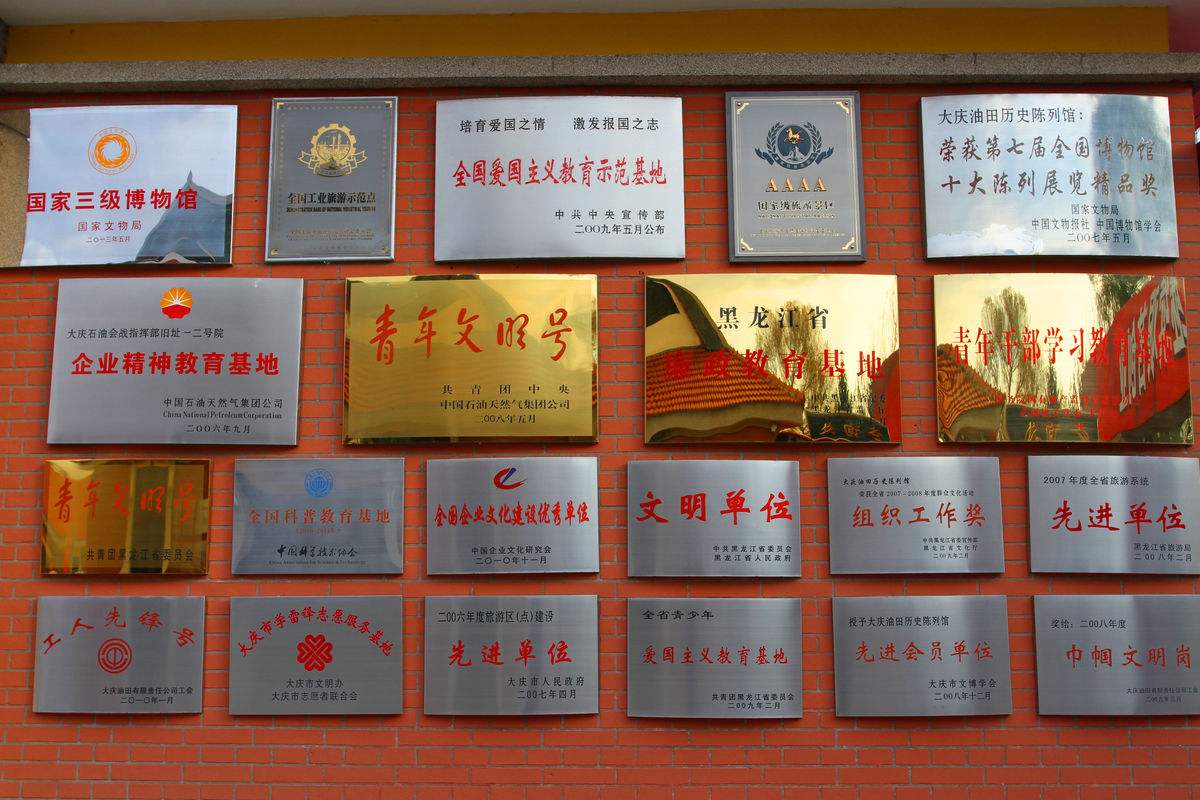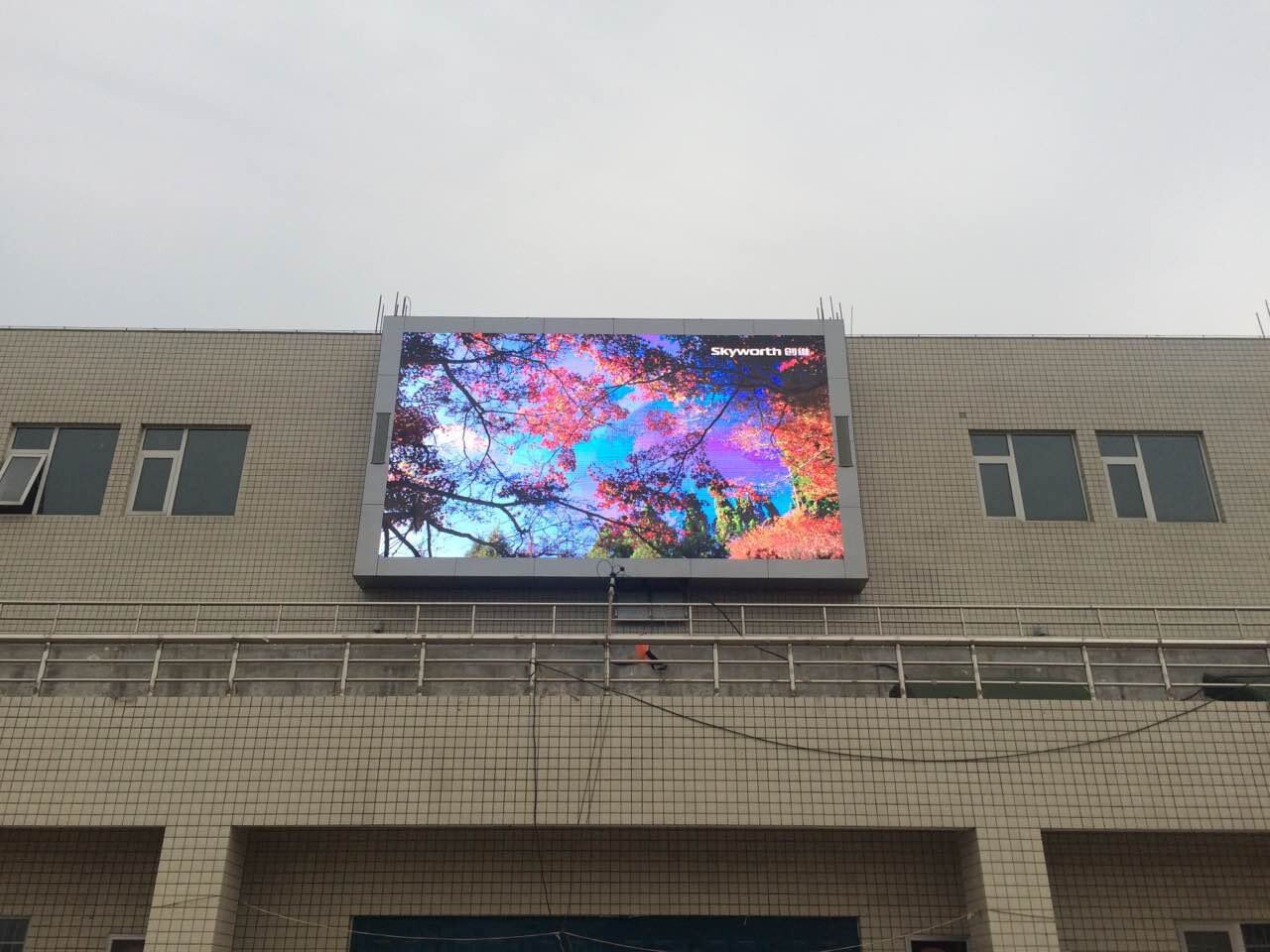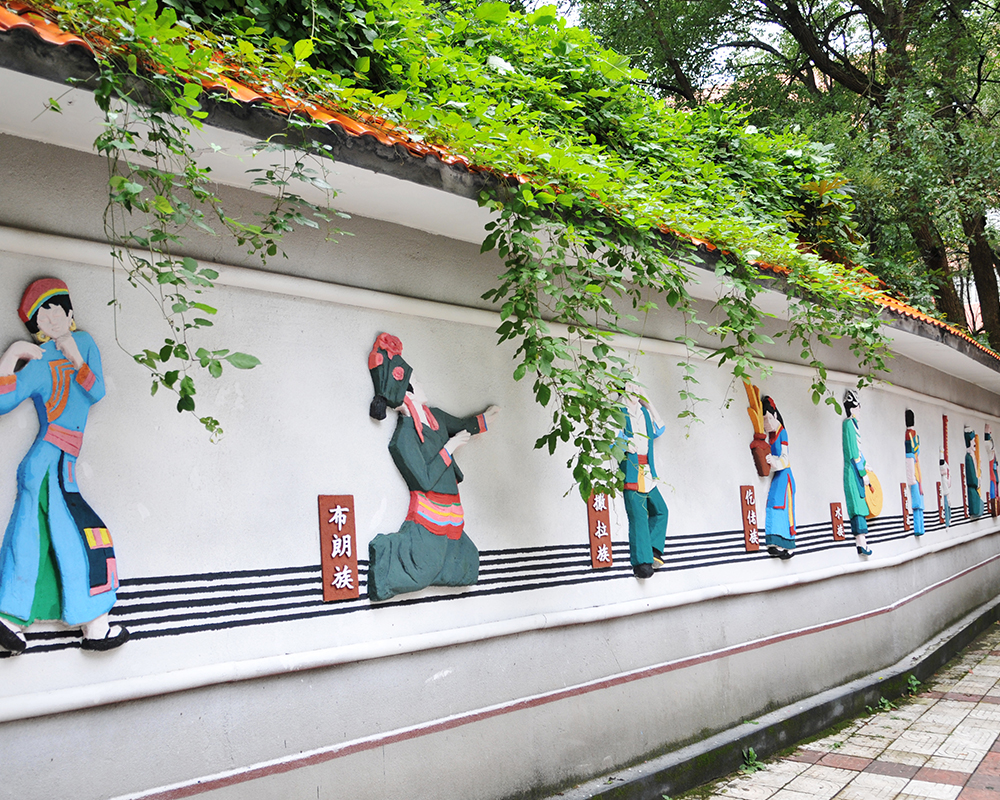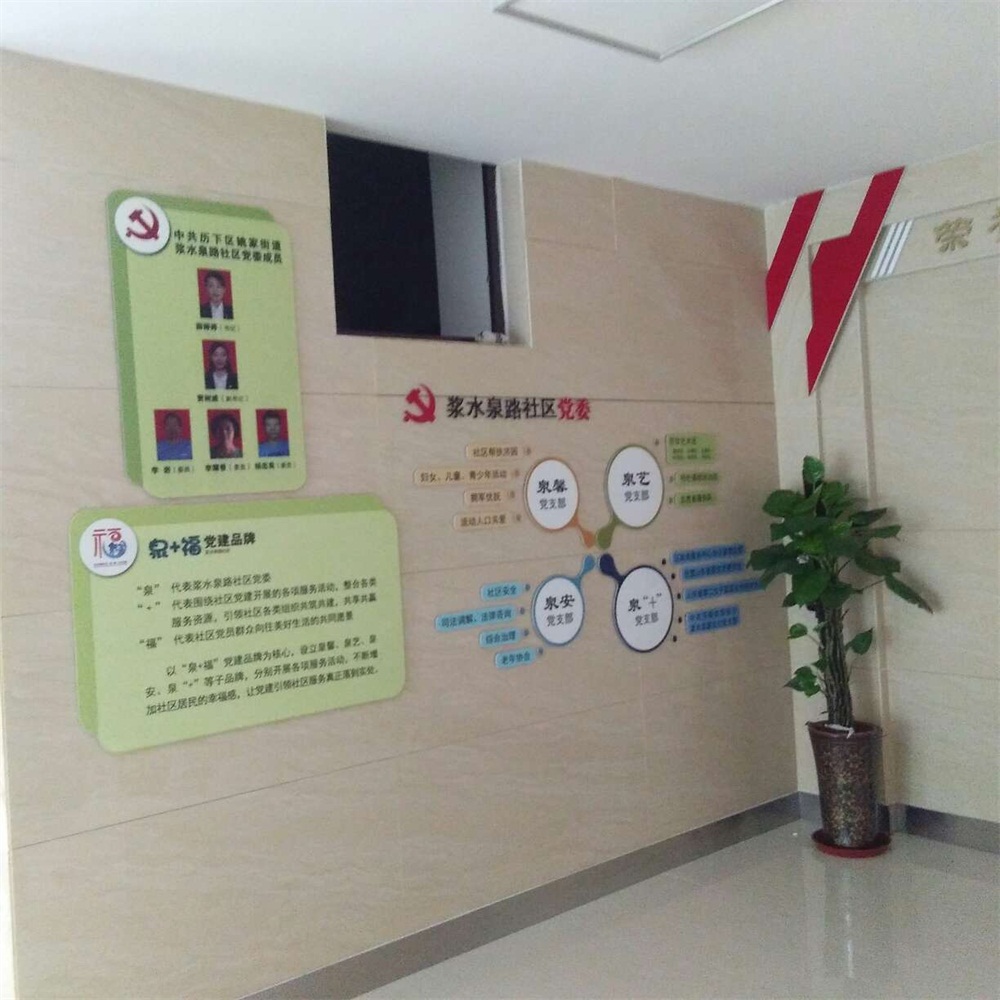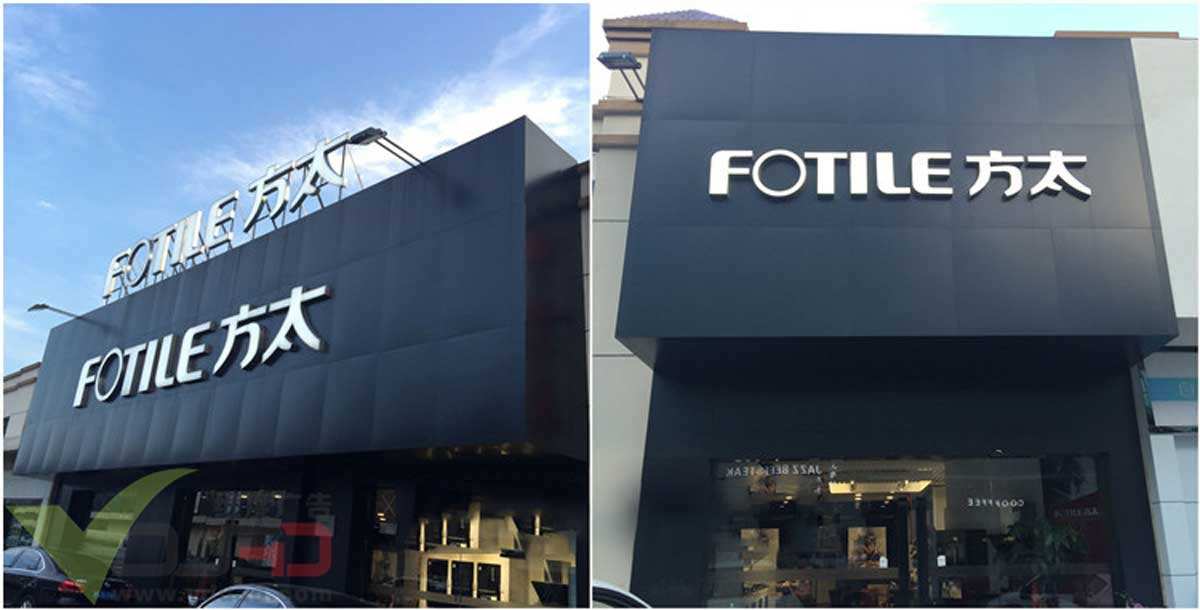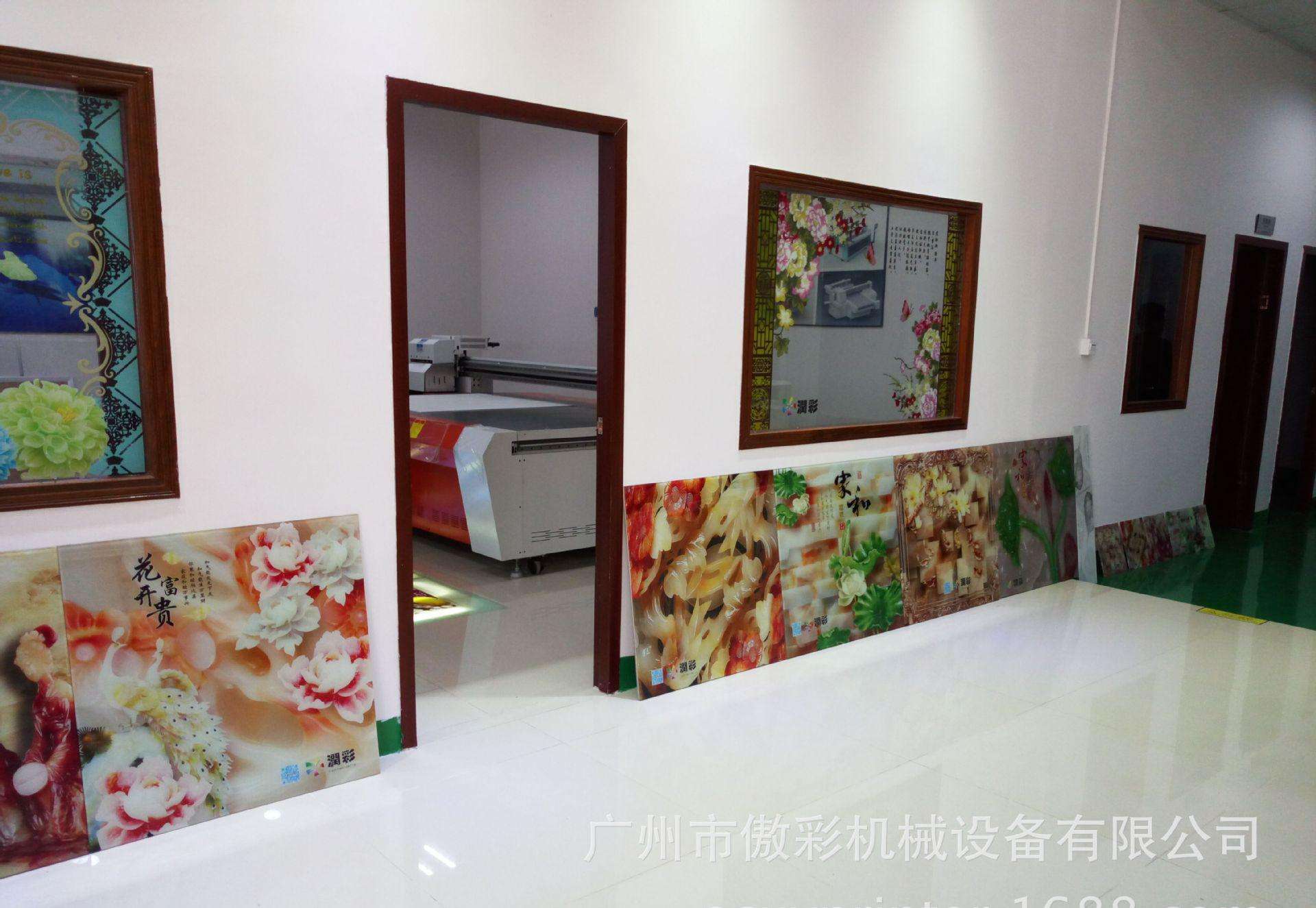The main materials of signs made by Jinan label factory are stainless steel, titanium gold, aluminum plastic, acrylic, copper and other materials. All kinds of materials are processed by different processes to show different effects, such as marble effect and imitation wood grain effect. The raw materials are also made of galvanized sheet, stainless steel plate, etc. after special process treatment, they can show different effects To show the effect of a variety of materials.
但是要制作一個好的標牌,光是材料的結合還是遠遠不夠的,標牌的美觀主要體現在標牌設計的藝術性,包括造型設計、色彩設計、標稱設計和工藝選擇。在表現標稱功能的前提下,把美學觀點和藝術處理的手段融合在整個設計中。利用工藝、材料等條件,充分體現出產品的造型美及色彩美,使產品具有顯著的藝術特色。
But to make a good sign, the combination of materials is far from enough. The beauty of signs is mainly reflected in the artistry of sign design, including shape design, color design, nominal design and process selection. On the premise of expressing the nominal function, the aesthetic point of view and the means of artistic treatment are integrated into the whole design. The use of technology, materials and other conditions, fully reflects the beauty of product modeling and color, so that the product has significant artistic characteristics.


1、造型設計的比例應當協調、美觀,并兼顧科學性與經濟性,即造型比例應為人們容易接受,而且便于加工。
1. The proportion of modeling design should be harmonious, beautiful, scientific and economic, that is, the proportion of modeling should be easy to accept and easy to process.
2、色彩設計應在符合產品使用性能的前提下,協調合理、突出。
2. Color design should be in line with the performance of the product under the premise of reasonable coordination, focus.
3、在標稱設計中,圖案應具有特色,文字應清晰美觀,符合人們的使用習慣。
3. In the nominal design, the design should have characteristics, the text should be clear and beautiful, in line with people's use habits.
4、設計者應了解加工的工藝過程,這是保證產品設計的愿望符合加工可能性的重要因素之一。不同的加工工藝可產生不同的裝飾效果,但有些完全不同的加工工藝,也可以產生相同的裝飾作用。這就要求設計者清楚地了解各種工藝手段所能產生的藝術效果。
4. Designers should understand the process of processing, which is one of the important factors to ensure that the desire of product design meets the possibility of processing. Different processing technology can produce different decorative effect, but some completely different processing technology can also produce the same decorative effect. This requires designers to clearly understand the artistic effects that can be produced by various technological means.



